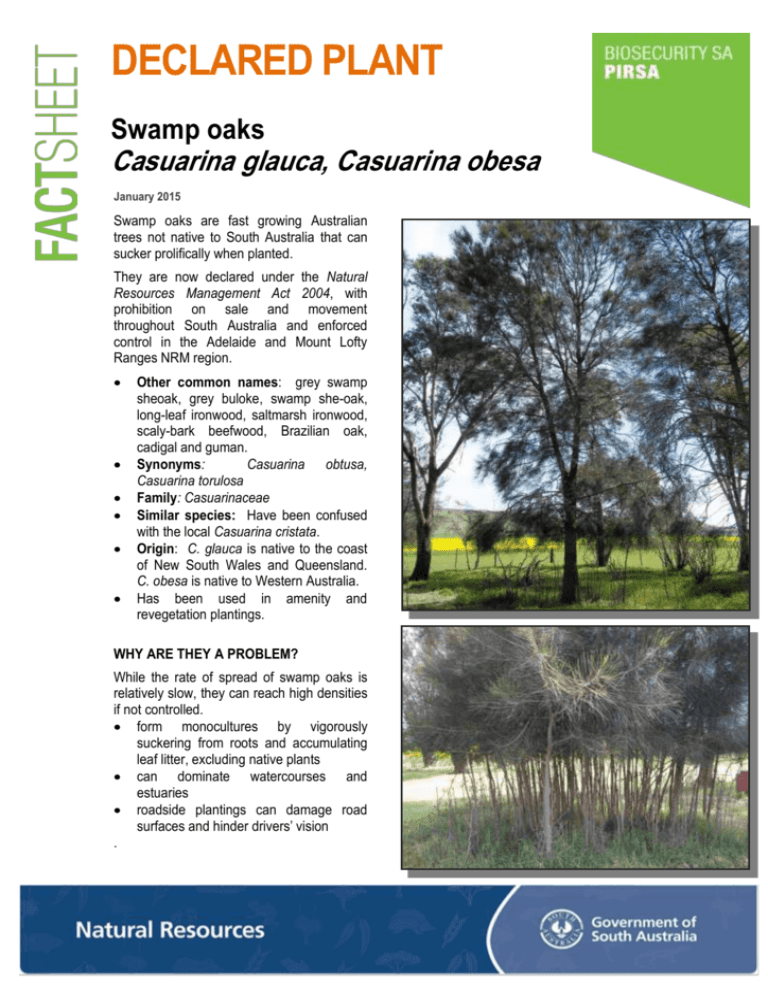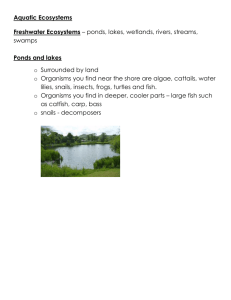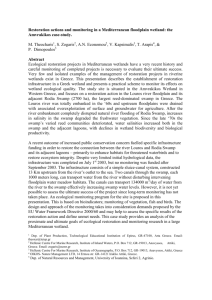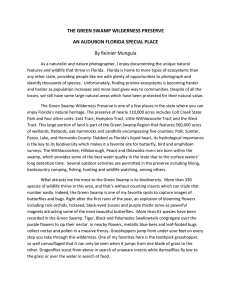Swamp oaks are fast growing Australian trees not native to South
advertisement

DECLARED PLANT Swamp oaks Casuarina glauca, Casuarina obesa January 2015 Swamp oaks are fast growing Australian trees not native to South Australia that can sucker prolifically when planted. They are now declared under the Natural Resources Management Act 2004, with prohibition on sale and movement throughout South Australia and enforced control in the Adelaide and Mount Lofty Ranges NRM region. Other common names: grey swamp sheoak, grey buloke, swamp she-oak, long-leaf ironwood, saltmarsh ironwood, scaly-bark beefwood, Brazilian oak, cadigal and guman. Synonyms: Casuarina obtusa, Casuarina torulosa Family: Casuarinaceae Similar species: Have been confused with the local Casuarina cristata. Origin: C. glauca is native to the coast of New South Wales and Queensland. C. obesa is native to Western Australia. Has been used in amenity and revegetation plantings. WHY ARE THEY A PROBLEM? While the rate of spread of swamp oaks is relatively slow, they can reach high densities if not controlled. form monocultures by vigorously suckering from roots and accumulating leaf litter, excluding native plants can dominate watercourses and estuaries roadside plantings can damage road surfaces and hinder drivers’ vision . DESCRIPTION Habit: trees growing 8-20 m high with spreading, pendulous, dull green branchlets. Frequently produces root suckers. Stem: trunk diameter to 75 cm with older trees being slightly buttressed. Bark grey-brown and finely fissured. Leaves: leaf ‘teeth’ are in whorls of 12-16 between 0.8 – 1.5 cm long along the branchlets. Flowers: Separate male and female plants (dioecious). Male flower spikes 1-3 cm. Fruit: Small, sub-globular cone to 14 mm. HOW THEY SPREAD Seed is retained in cones until the death of the tree or branch from damage such as fire. Vegetative reproduction by suckers (several metres per year) enables local spread. HABITAT Swamp oaks occur on flat, swampy sites in close proximity to salty or brackish situations, particularly coastal environs. Swamp oak also forms stands inland in areas with high water tables. DISTRIBUTION Swamp oaks occur in the lower Flinders Ranges, Mid North, Mount Lofty Ranges and Fleurieu Peninsula, Eyre Peninsula and Yorke Peninsula. They are also naturalised in Western Australia, Northern Territory, Queensland, New South Wales and Victoria. For more information Contact your local Natural Resources Centre for information on controlling declared weeds: www.naturalresources.sa.gov.au Further weed control information is also available at: www.pir.sa.gov.au/biosecuritysa WHAT CAN YOU DO? Seek control advice if you have this plant growing as a weed. Select alternatives to replace invasive garden plants. Read ‘Grow Me Instead’ for suggestions. images – J. Dean, Biosecurity SA. Disclaimer: This publication is provided for the purpose of disseminating information relating to scientific and technical matters. The Government of South Australia does not accept liability for any loss and/or damage, including financial loss, resulting from the reliance upon any information, advice or recommendations contained in the publication. The contents of this publication should not necessarily be taken to represent the views of the participating organizations.











